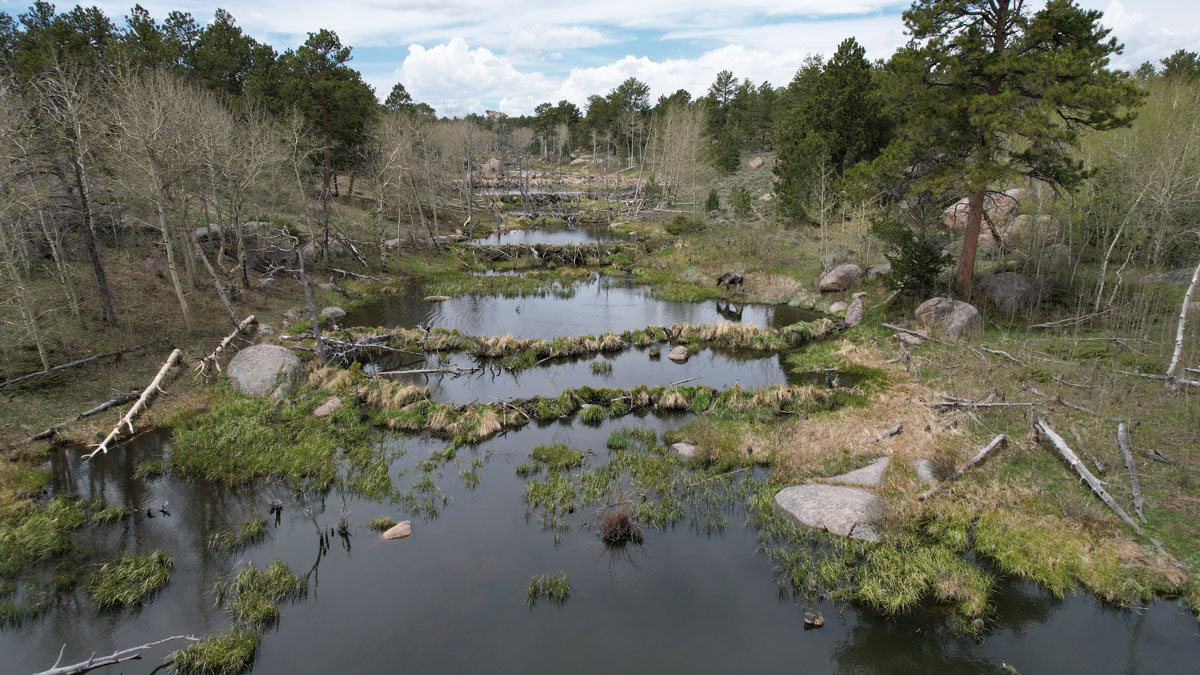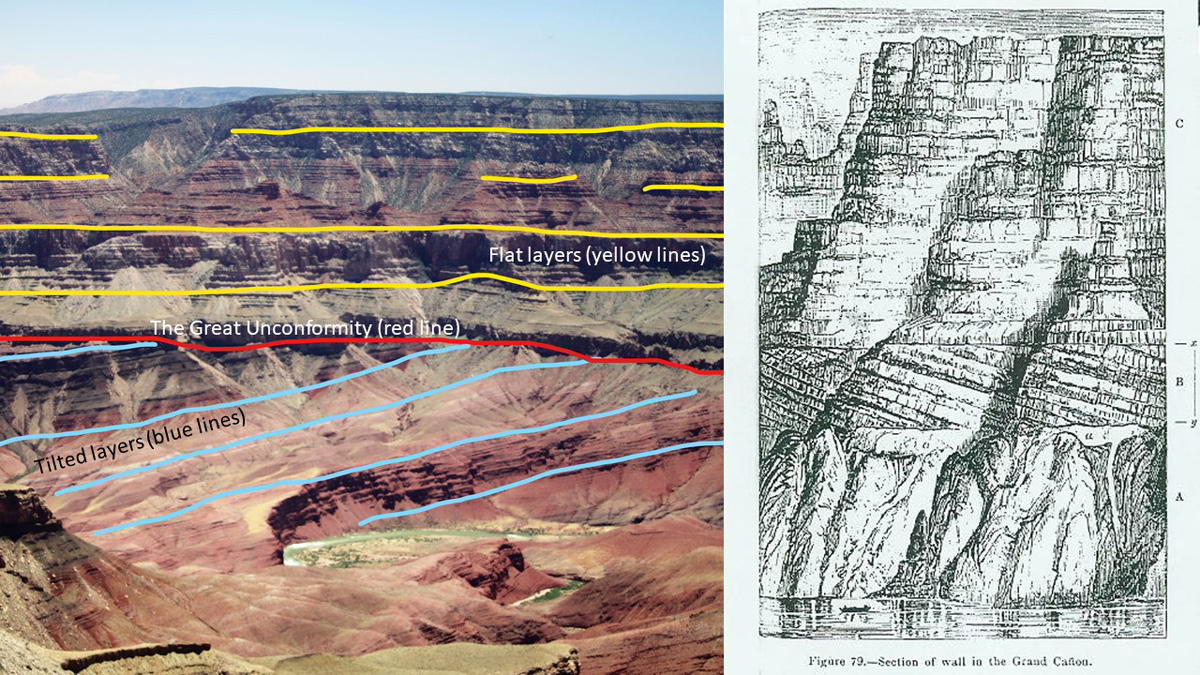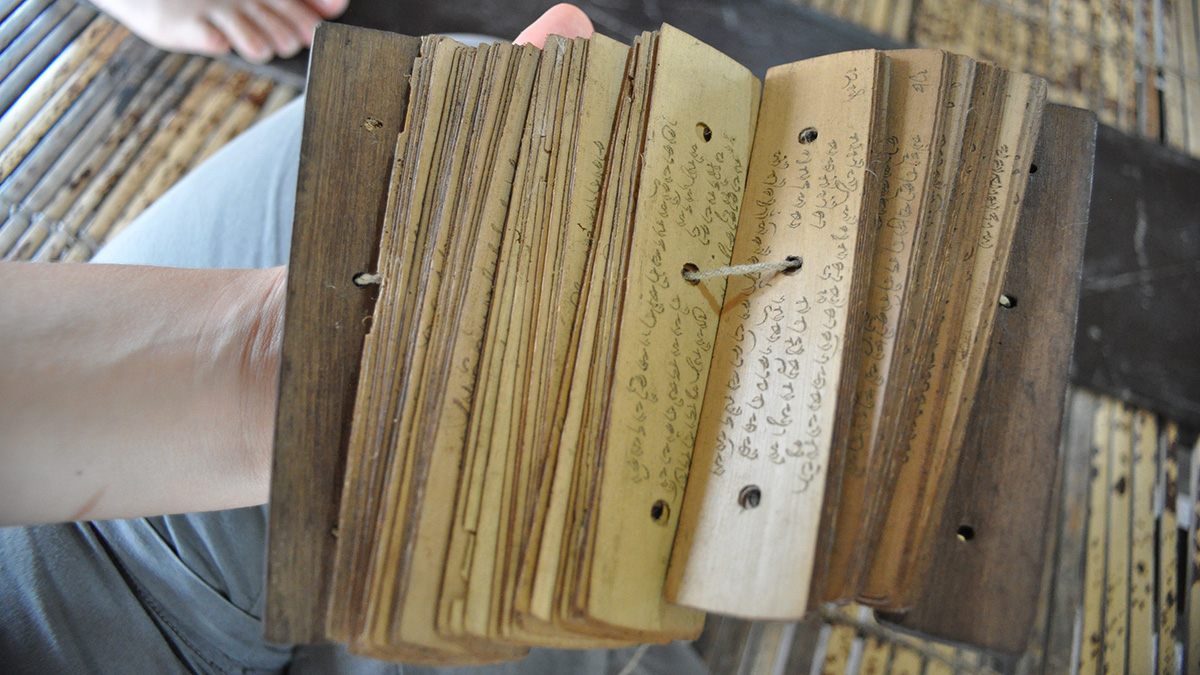Efficiently tracking nature’s engineers—beavers—at the scale of entire watersheds over time is now possible, thanks to a new artificial intelligence–trained model called EEAGER.
Alka Tripathy-Lang
Alka Tripathy-Lang is a freelance science writer covering stories about Earth and environmental science. Alka holds a Ph.D. in geology from Arizona State University and conducted postdoctoral research at the Berkeley Geochronology Center.
The Great Unconformity or Great Unconformities?
Some scientists think the Great Unconformity was caused by Snowball Earth’s glaciations. Recent work suggests these phenomena might not be related.
Stories Scribed on Palm Leaves Help Scientists Understand Ancient Eruption
Deposits from the 1257 Samalas eruption may contain artifacts of an ancient kingdom, according to scientists who link volcanology studies with histories written onto palm leaves.
Making Underwater Cables SMART with Sensors
Future cables that stretch across the ocean, transmitting cat videos and financial transactions, could also contain temperature, pressure, and seismic sensors that would allow scientists to spy on the seafloor.
Billion-Year Rewind Tracks Supercontinents and Mantle Structures
Scientists have traced past pathways of tectonic plates back a billion years using computer models, with intriguing results. Incorporating geologic data as a check on model output, however, has proven tricky.
What Can Zircons Tell Us About the Evolution of Plants?
The versatile mineral could contain evidence of the evolution of land plants and their effect on the sedimentary system.
Swinging Strength of Earth’s Magnetic Field Could Signal Inner Core Formation
The magnetic record stored in rocks documents the liquid core’s behavior and possibly when the inner core formed. Whether it formed half a billion or more than a billion years ago, however, is up for debate.
Sian Proctor: Community College Professor Goes to Space
An Arizona educator finds she has the SpaceX factor to become an astronaut.
Roosters, S’mores, and #EmergencyCute: A Humor-in-Crisis How-To
When natural hazards strike communities, we may not think science agencies should respond with humor. Researchers suggest that sometimes, however, humor can connect communities and bring smiles.
How Can Silicone Wristbands Help Firefighters?
Scientists are making strides in monitoring firefighters for pollutant exposure using silicone wristbands, which will become even more important as wildfires encroach on the built environment.










